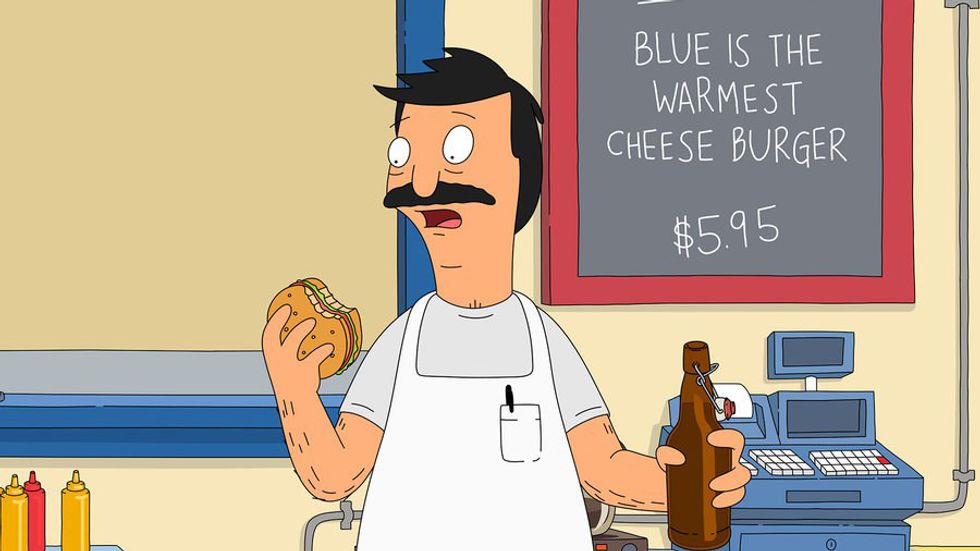Last year, as a society, we all became simultaneously more active online than ever before and excruciatingly aware of how our health is a delicate resource we need to avoid taking for granted. It's natural that during a pandemic that reminded everyone what health means to them and forced them to stay home, wellness came to the front of more people's minds – and shopping habits.
People thankfully started caring more about their physical and mental wellness, as well as reacting to new stressors, like remote work burnout. Naturally, as we changed our behavior and opinions on how to stay healthy at home, the wellness industry has undergone meaningful transformation. Alongside the rest of us, the wellness industry has been shaped by new ecommerce trends in an attempt to meet shifting and changing demands from consumers.
Customers wanted to self-care on their own terms – and it showed, ranging from obvious trends like people buying more weights and ordering subscription health products, but also growing the self-care and at-home beauty treatments.
Here are four ecommerce trends that have changed how the wellness industry caters to its customers' growing appetite for online shopping.
Trend 1: Wellness Box Subscriptions
While people stayed home more, the lockdown periods didn't curb their desire to have experiences or receive tailored products for them.
Part of the allure of the wellness box subscription is the ability to go niche. Consumers can subscribe to a wellness box that caters to their specific needs, whether it's for runners, yogis, nutritional supplements, or anything else. Customers get something that feels specific to their needs, while staying at home.
It's not just boxes of products but also consumables like meal kit boxes, which support the experience of cooking. Consumers want to eat healthier meals conveniently at home, and meal kit box companies have stepped up.
"The pandemic has led to all ages and incomes of consumers cooking more from home and seeking out inspiration and assistance," writes Emily Park in Meat Poultry, explaining how after a failed launch, the pandemic helped push meal kits into commercial success.
All in all, wellness subscription boxes across all sorts of verticals have seen huge growth as consumers wanted to receive tailored goods and experiences that would help prioritize their wellness while practicing social distancing.
What's more, there's a good chance that subscription box adoption will continue to grow, as supply diversifies to meet demand. Speaking to BigCommerce, David Zimmerman, Kensium Director of eCommerce Solutions, still predicts that "more companies will offer subscription services or monthly payment options for larger purchases" in the coming year.Trend 2: At-Home Fitness
There's nothing quite like a pandemic to motivate you to take care of your body. As health organizations started pointing to corollaries between poor physical health and greater complications from COVID, interest in workouts and staying in shape skyrocketed. Fitness centers on lockdown have also had a significant impact.
People bought home-fitness gear in droves. Hamza Shaban wrote in The Washington Post how Dick's Sporting Goods experienced same-store sales increasing by double-digits, the biggest jump since going public nearly 20 years ago. That's just one retail brand, of course, but health and fitness equipment revenue more than doubled, to $2.3 billion last year.
I know from personal experience that there was a time when there were no dumbbells to be found anywhere, in physical stores or online.
While the allure of in-person classes and fitness is tempting as more of us get vaccinated, I know I've been sold on the convenience of at-home workouts, and from the data, I'm not alone. People want to focus on their health at home and it shows with both consumer sales data and behavioral data. The ecommerce wellness industry should be prepared to offer fitness products online for a long time to come.
Trend 3: Personalization Quizzes
Pre-pandemic, a lot of people (including me) used to waste the odd five minutes taking a Buzzfeed quiz to determine which Disney princess I was, or which character from Gossip Girl best represented me. Taking personality quizzes is fun, and those generic insights can sometimes even feel like they're really reading into your soul.
In the last year, wellness brands hopped on the trend, offering personality quizzes for just about every wellness product under the sun – vitamins, haircare, skincare, razors, and more.
Unlike clothes and dumbbells, most products in the wellness industry are deeply personal. There's a growing awareness that one size does not fit all for hair, skin, digestion, or any other aspect of daily life. People love taking quizzes to determine their special formula for wellness, because it feels like you're really being catered to.
Especially in an industry that serves very specific and individualized needs, customers really want to feel that the products they get are for them, and therefore only available from a national provider online. The interactive digital experience started to matter a whole lot more, and wellness brands have prioritized getting it right.
In the past, when I wanted a catered experience, I'd go to Lush and describe my problems to an in-store consultant who'd let me test products and give me the best fit. Obviously now, there was a huge reduction in in-person store visits. The replacement? Product personalization quizzes.
The trend has grown a huge amount, with 65% of skincare cosmetics brands offering quizzes today, according to research by Digital Commerce 360.
Trend 4: ‘Holistic’ Wellness
Another concept really driven home by the pandemic was the interconnectedness of the world. Suddenly we were hyper-aware that our actions had a wider sphere of influence than we'd realized. That had an interesting effect on the wellness ecommerce industry.
Customers began to try to find products and brands that are the whole package, looking for meaningful solutions that go beyond addressing a single problem. Rather than look for one product to solve one problem, another product to solve a second, and a service to take care of the third, consumers wanted to focus on lifestyle changes and brands that offer a more holistic wellness experience.
Sian Conway writes in EthicalHour how customers want wellness products and brands that are more lifestyle changes, not just single use products. "Brands selling products in the wellness space will need to focus on deepening relationships with their customers and adding value to their self-care routines," he says of the trend.
In other words, wellness brands have to give consumers the full package. It's not enough to solve a single issue – brands should show they care for their customers beyond any one sale.
Wellness Ecommerce Is Changing Fast
Ecommerce was already changing in every industry, not just wellness. But in a pandemic that changed customer behavior so radically, wellness has been especially affected by changing consumer patterns.
Digital transformation was already top of mind for many companies coming into 2020, as Young Startups points out. "Social shopping, omnichannel purchases, instant gratification, the ever-more crowded market, and the need to fully monitor your sales and marketing metrics all demand a full-body digital makeover for your business," they wrote back in January 2020.
Now? Data shows that these four trends have the potential to change how wellness ecommerce changes forever. There's a demand for wellness boxes, and consumers want to work out from home. Quizzes give a sense of personalization at the consumer's convenience, and it's become apparent that consumers want brands that give them a sense of wellness across all fronts holistically.
Research suggests these changes were driven by everyone staying home, but demonstrates it's likely those changes are here to stay.

































